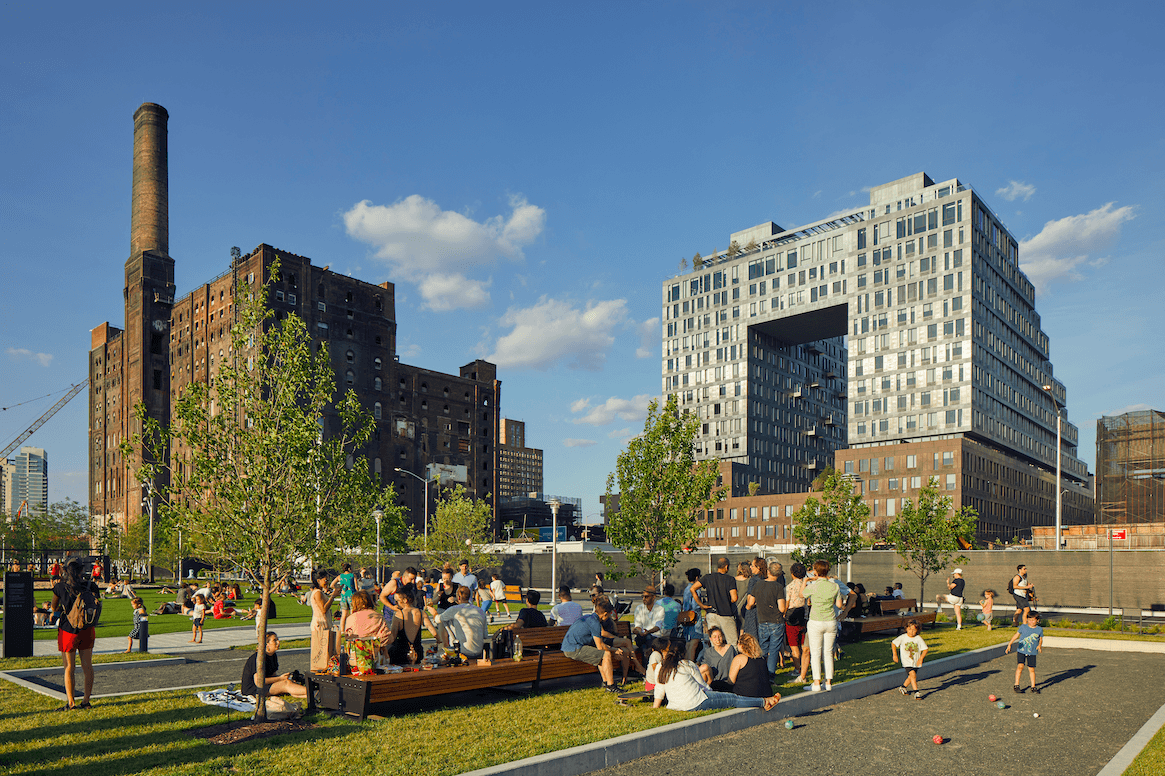
“We form the public space, but the public space also forms us.” With these words on Sunday afternoon, Chief Government Architect of the Netherlands Floris Alkemade opened the first DDW Talk of this edition of the Dutch Design Week. Together with six other guests, Alkemade tried to find an answer to the question of how we should adapt our public spaces to today’s social and technological changes.
With this opening statement, Alkemade puts a lot of responsibility on the shoulders of architects and designers. As Chief Government Architect, he is concerned with the architectonic quality of government buildings and for devising a vision on major spatial themes. “We have a responsibility when it comes to spatial design because it determines how people live together,” he continues.
Design spirit
Thinking about the city of the future is therefore not just a matter of its design, but ultimately of the society that we want to create. “This is why, in addition to the political and market forces, a design spirit is also needed. This adds imagination, and without imagination the future looks bleak.” But how do we design those future-proof cities? In order to find an answer to this question, guest speakers from various disciplines are adding their views to the discourse.
The city car as a shared resource
As Senior Vice President of Coporate Design at Renault, Laurens van den Acker is responsible for designing the car of the future. Van den Acker believes that there is a major role for electric autonomous vehicles in cities. The divide between public and personal transport will become blurred. Autonomous cars that are linked to the city will be able to travel around autonomously and will not be so stationary anymore. In his designs, Van den Acker no longer sees the car as an anonymous means of transport, but as an open, shared space.

Green solutions
Architect Francesca Cesa Bianchi stresses the need for green cities. “Cities cause the bulk of pollution and CO2 emissions, so they are also on the front line of the fight against climate change.” In the projects that she is carrying out with the Italian design agency Stefano Boeri Architetti, she shows that urban planning can be perfectly balanced with nature. She cites Milan as an example, where she has redeveloped old railway tracks into a green network across the city. The result: more biodiversity, places for recreation and more room for walkers and cyclists.
Bottom-up
What is also a recurring theme during the conversation is the value of a bottom-up approach. Let the public share their thoughts and involve them in the design process. Coren Sharples, co-founder of SHoP Architects, a renowned architectural firm in New York, has also discovered the value of this. “People are often afraid of losing their surroundings. It is our job as designers to enter into dialogue with them. It’s not just about the client’s requests, it’s about shaping a shared vision for a community; about creating a vibrant social heart.”
Read all about the Dutch Design Week here.

